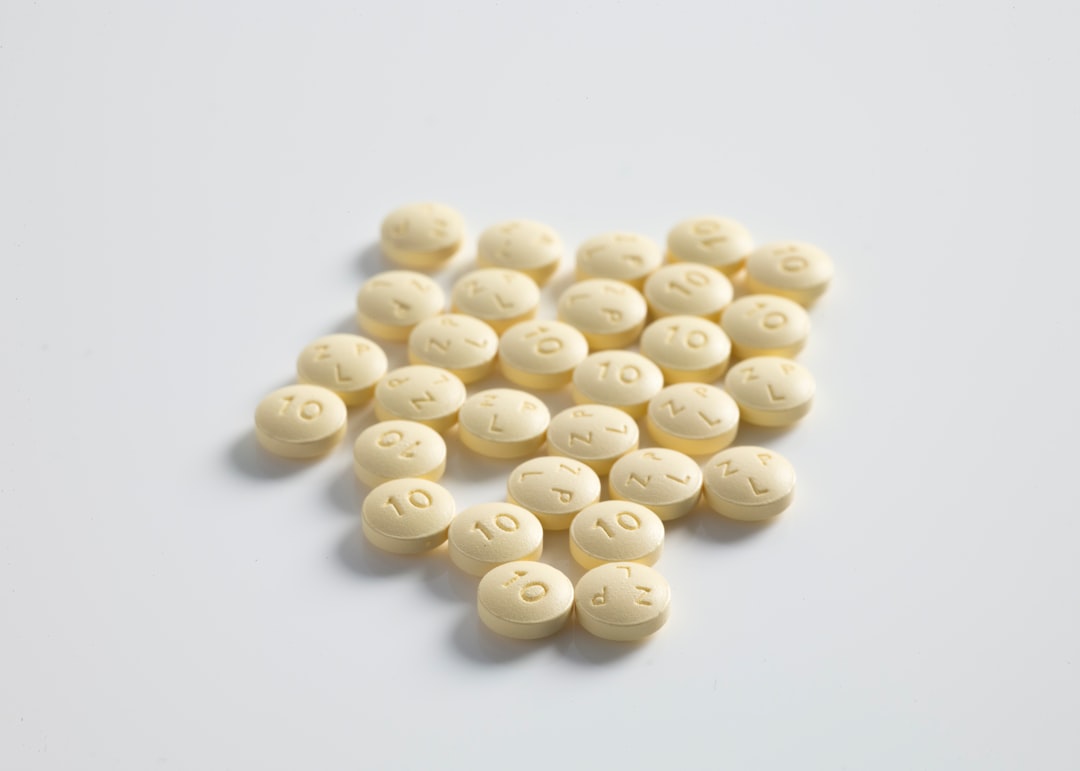What is it about?
In recent years, it has been observed that there is some enhanced excitation of various analyte atomic spectral lines, particularly in the 5 eV range, in the presence of molecular gases (oxygen or hydrogen) in glow discharges. Requests at various international conferences and scientific meetings for suggestions of the possible cause have not produced any response. This paper shows that it is likely to be linked to a three body collision between two oxygen or hydrogen atoms and a sample.
Featured Image
Why is it important?
-Three body collisions involve two hydrogen or oxygen atoms and a sample atom resulting in the formation of an H2 or O2 molecule and the excitation of the sample atoms by the recombination energy released by the molecule. -This effect is more pronounced when higher concentrations of added O or H in plasma and lower values for discharge currents are used -To observe this effect fully, it is essential to record spectra over a very wide spectral range, otherwise critical values may be overlooked
Read the Original
This page is a summary of: Enhancement of analyte atomic lines with excitation energies of about 5 eV in the presence of molecular gases in analytical glow discharges, Journal of Analytical Atomic Spectrometry, January 2014, Royal Society of Chemistry,
DOI: 10.1039/c4ja00193a.
You can read the full text:
Contributors
The following have contributed to this page










